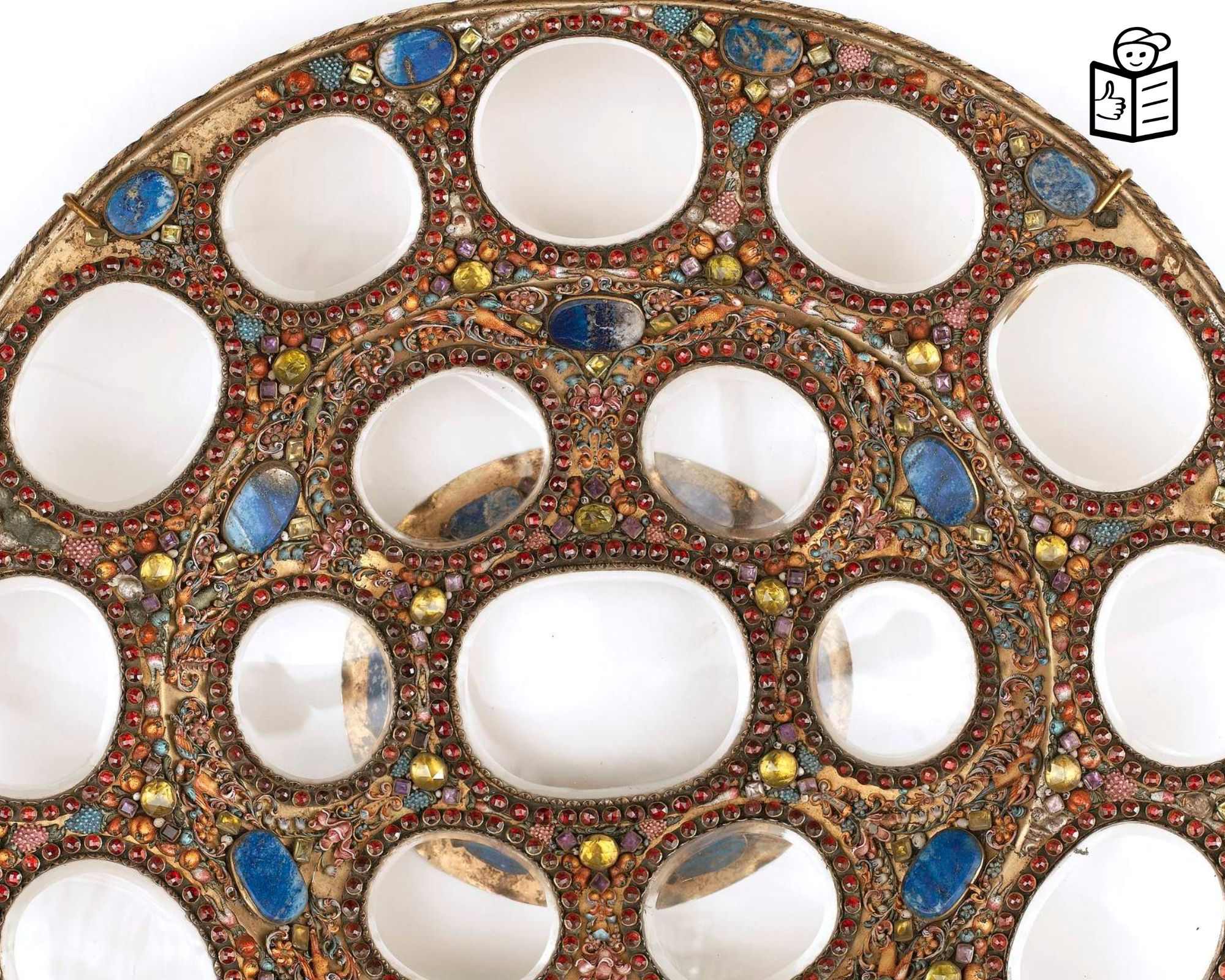The text is easy to read and understand
Among the museum’s visitors there is a large group of people whose knowledge of the Polish language is at the basic level (A1/A2) for various reasons. Content written even in simple language is too difficult for them to understand. This means that they will not learn information about a given institution, its history and cultural offer. With this group in mind, we implement information and publications in text that is easy to read and understand.
Solution
Texts that are easy to read and understand are a way of expression that is even more simplified compared to texts in plain language. Characteristic features of this form of expression include, for example:
Easy-to-read and understand texts make it easier for people who not only have a poor knowledge of a given language, but also, for example:
- illustrations – they are added to facilitate understanding (drawings, photos, pictograms),
- very short sentences,
- limited amount of text on the page,
- extremely precisely selected words and topics discussed,
- using words from everyday life,
- explaining more difficult words if they need to be introduced.
Easy-to-read and understand texts make it easier for people who not only have a poor knowledge of a given language, but also, for example:
- they need more time to read the text,
- quickly get distracted and lose concentration,
- have difficulty finding the most important information in the text.
Thanks to this solution:
- we increase access to information about a cultural institution for a new group of people and potential museum visitors,
- we increase independence and more conscious use of the cultural offer – without access to information, people are condemned only to information and opinions from other people,
- we give you the opportunity to develop new skills, interests and competences.
For whom?
The audience for easy texts is wide. These may be, for example, people:
Our proposals
In addition to information about our activities in easy-to-read and understand text, we prepare guides to our exhibitions. More are being written as part of this project. This time we will present the collections shown at the exhibition on Potocki collecting, including: about painting and artistic crafts. We are also developing an easy text track for the audio guide.
The project is carried out as part of the project entitled “Culture without barriers” financed by the Operational Programme Knowledge Education Development (POWER) 2014-2020, Measure 4.3 Transnational cooperation, implemented by the State Fund for the Rehabilitation of the Disabled, in partnership with the Ministry of Culture, National Heritage and Sport, the Culture Without Barriers Foundation and the Institut für Bildung und Kultur e.V. (The Institute for Education and Culture, Remscheid, Germany).
